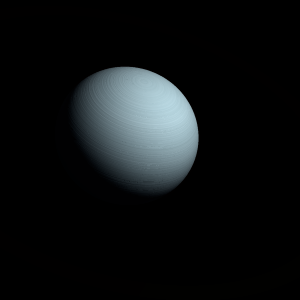|
|
Space Astro
|
Info for exoplanet "Kalme Some Di"
| Scientific (actual) data |
|---|
| Name | WASP-53 b |
| Planet status | Confirmed |
| Planet mass | 2.132 |
| Radius | 1.074 |
| Orbital period | 3.30984 |
| Semi major axis | 0.04101 |
| Orbit eccentricity | 0 |
| Inclination | 87.08 |
| Discovered | 2011 |
| Updated | 2021-07-27 |
| Tzero tr | 2455940 |
| K | 326.1 |
| Publication | Published in a refereed paper |
| Detection type | Primary Transit |
| Mass measurement type | Radial Velocity |
| Radius measurement type | Primary Transit |
| Star name | WASP-53 |
| Right ascension | 31.91° |
| Declination | -20.66° |
| Mag j | 10.959 |
| Star distance | 235 |
| Star metallicity | 0.22 |
| Star mass | 0.839 |
| Star radius | 0.798 |
| Star sp type | K3 |
| Star temperature | 4953 |
| Star alternate names | 2MASS J02073820-2039426 |
| Wikipedia article | WASP-53 b |
Back
| |
| Fictional info (?) |
|---|
| Suggested name | Kalme Some Di |
| Planet type | Large hot gas giant |
| Because of its rapid rotation, the planet's shape is that of an oblate spheroid (it has a slight but noticeable bulge around the equator). |
| Atmosphere | Formaldehyde | 77% |
| Carbonyl sulfide | 16% |
| Argon | 3.7% |
| Methane | 2.9% |
| Nitric oxide | 0.17% |
| Carbon monoxide | 1.2E-5% |
| Atmospheric pressure | 0.001 bar |
 |
| No known satellites |
| Google search for Kalme some di |
|
Website by Joachim Michaelis
|
|
|
|